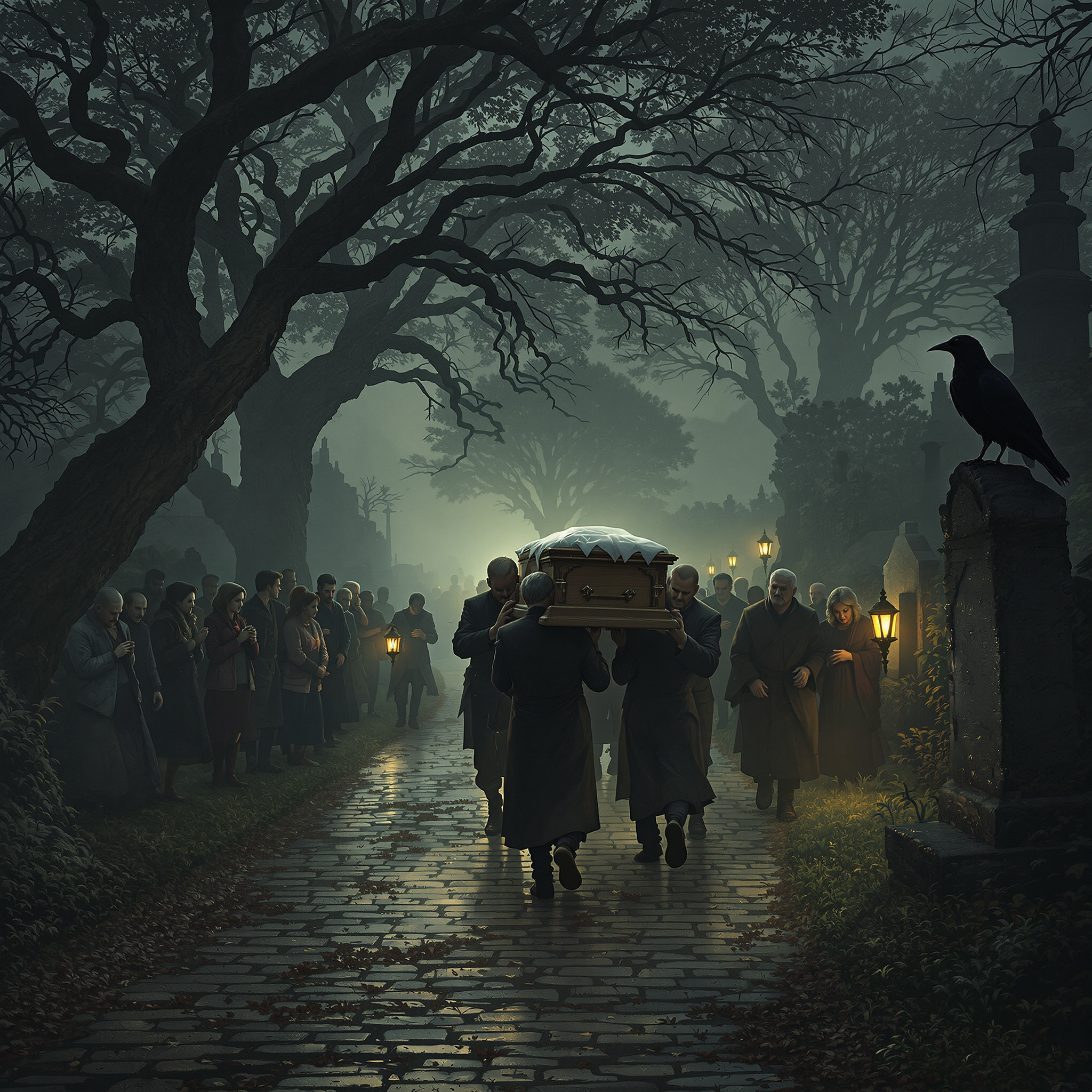In this superstition, individuals are warned not to look at fingernails—either their own or those of the deceased—while the body is being carried to a cemetery. It is believed that doing so could invite misfortune, spiritual attachment, or premature death. The exact body part viewed (fingernails versus toenails) varies by culture, but fingernails are most common due to their symbolic association with identity or life force. The practice may involve deliberately keeping one’s hands covered, eyes downcast, or focusing away from the body during transport. In some traditions, elders even guide attendees to avoid eye contact with the deceased’s hands to protect themselves from lingering spirits.

A baby’s future career or fate is predicted by the first object they select during a ceremonial setup.
In several Asian and Eastern European cultures, a traditional ceremony is held for babies usually around their first birthday. Known


